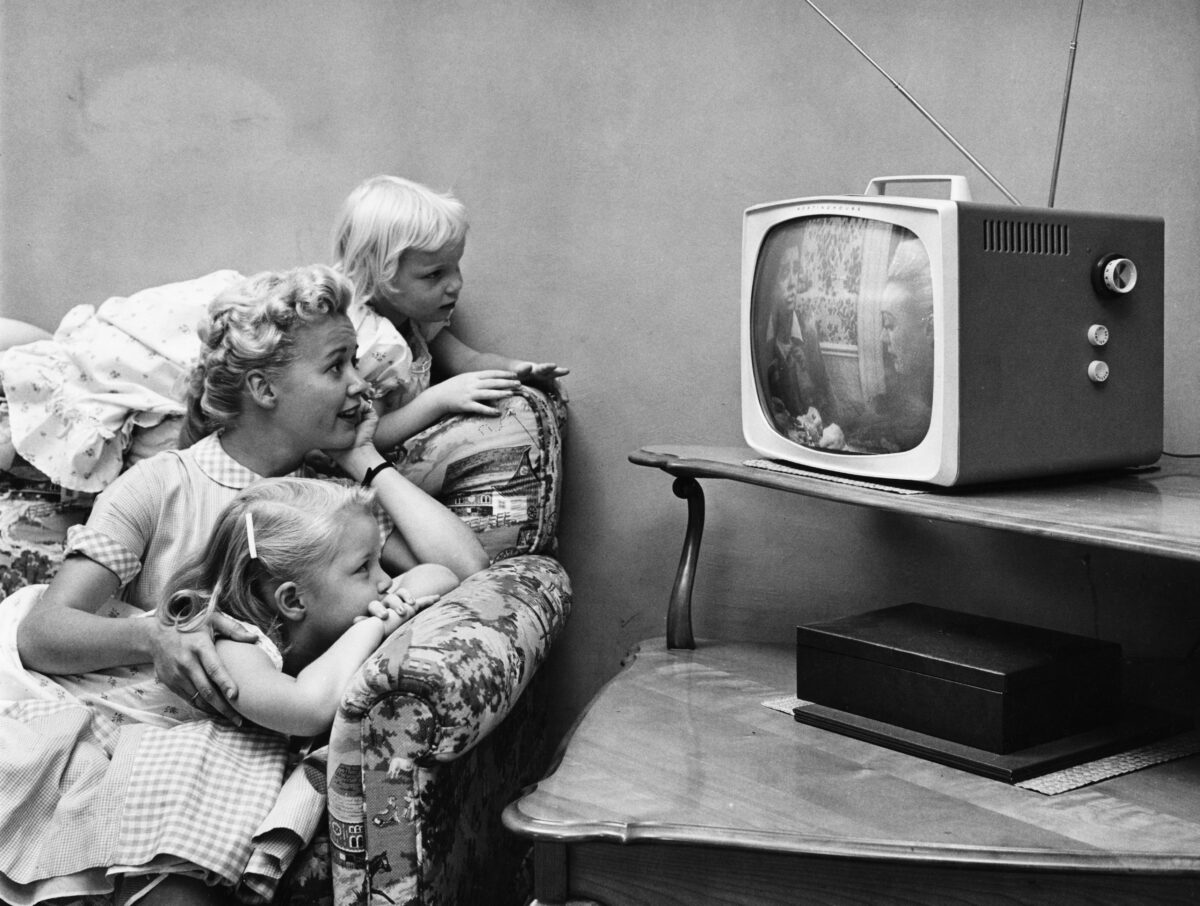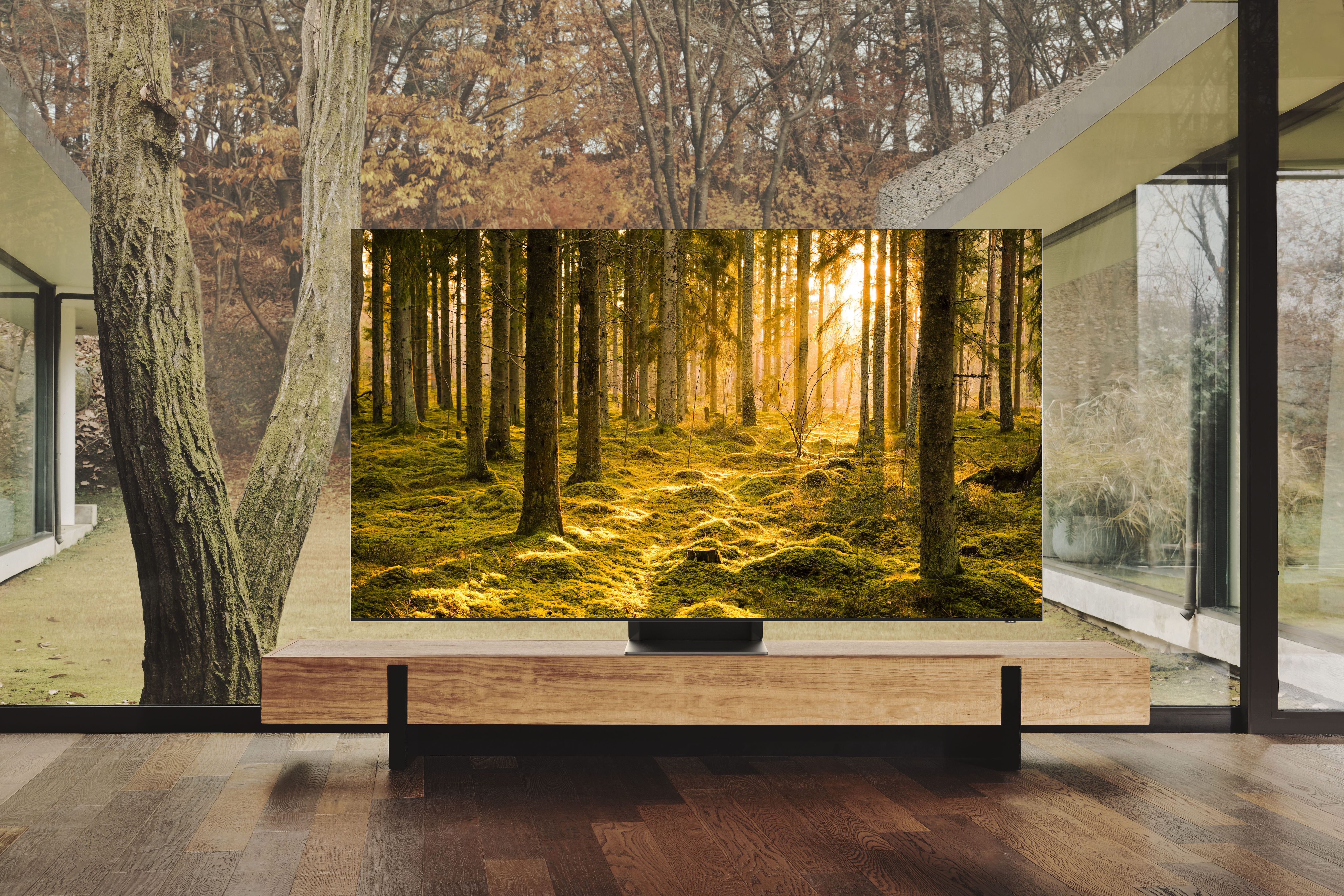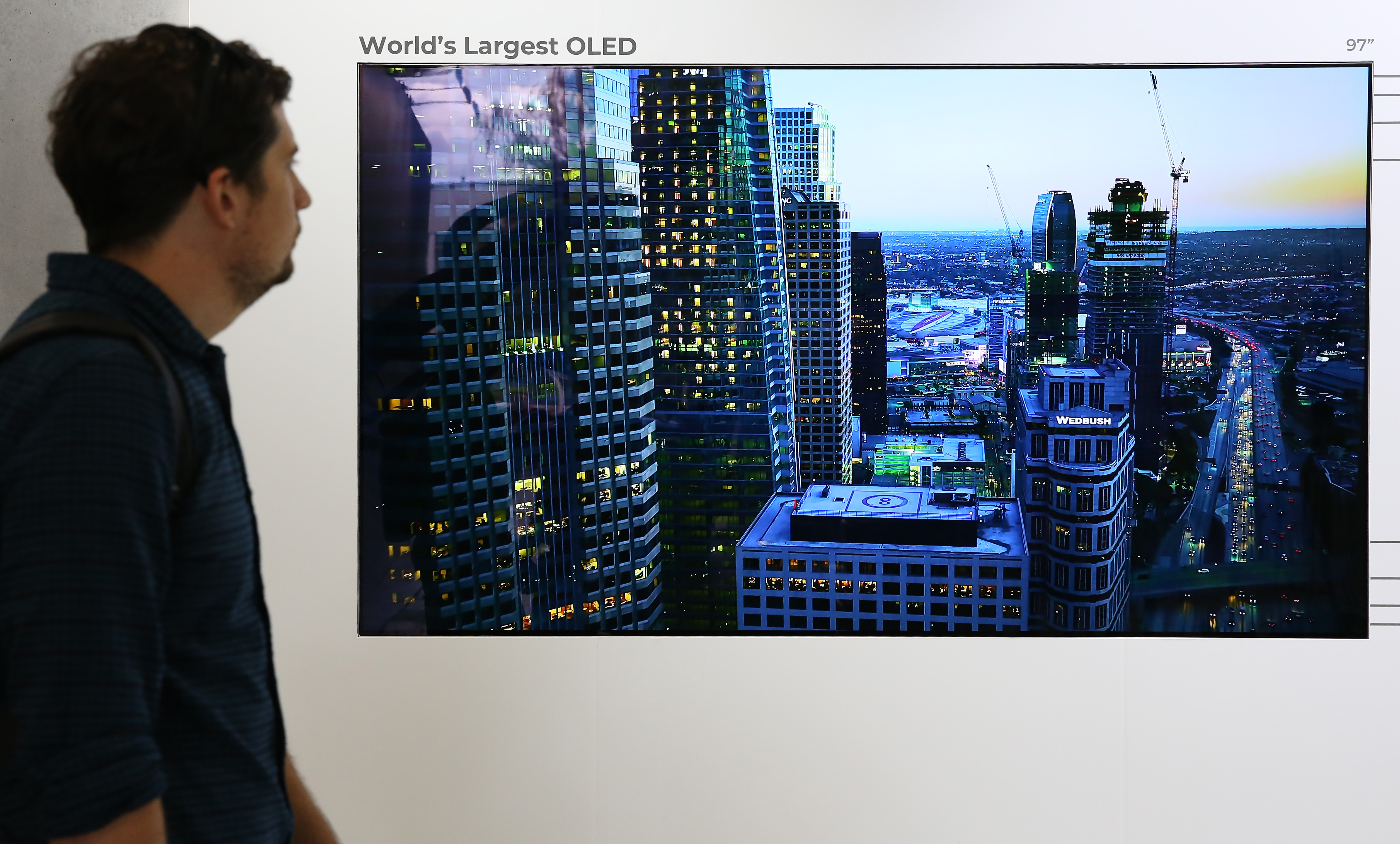


The latest and greatest television technology was unveiled at the recent 2023 Consumer Electronics Show (CES), the eagerly-anticipated affair presented by the Consumer Technology Association. In case you missed the show, stay tuned for a few notable highlights.
Televisions have come a long way since Paris in 1909, the setting for the first demonstration of live transmission of still images by Georges Rignoux and A. Fournier who were able to transmit the letters of the alphabet via a crude Kerr cell receiver. Scientists and inventors around the world undertook efforts to improve upon this system, and in 1926, after years of effort, John Logie Baird is credited with the first demonstration of what would become television. In the intervening years, technology hasn’t stood still, as evidenced by the growing size of home TV sets and the complexity of their inner workings. Because the technology can be confusing, a brief overview may help provide a better appreciation of the products and systems introduced at this year’s CES.
Many television manufacturers tout 4K resolution; this refers to a display with a horizontal count of approximately 4,000 pixels. The Consumer Electronics Association defines Ultra High-Definition (UHD) as televisions, monitors, or projectors with resolutions of at least 3,840 by 2,160 pixels. Virtually all television sets labeled as 4K provide UHD resolution, resulting in many being referred to as having 4K UHD resolution.
Television screens can be in the form of Liquid Crystal Displays (LCD), plasma, Organic Light-Emitting Diodes (OLED), Quantum Dot LED (QLED), or MicroLED. LCD televisions are no longer commonly available; while the term is still used, these models now utilize LED backlights. Plasma televisions became obsolete when manufacturers turned to either lower-cost LCD/LED screens or high-contrast OLED screens for high-end televisions. OLED televisions can deliver perfect black and have incredible detail due to the fact that while an LCD television illuminates all pixels at once, an OLED set lights each pixel individually. OLED televisions can be viewed from a wider range of angles than LCD models and are significantly thinner as well. OLED sets are a favorite of gamers due to their fast response times.
A downside to OLED televisions is the potential for “burn-in” to occur, resulting in a permanent mark or defect in the screen if it is left on for an extended length of time. To avoid burn-in, consider a QLED television. Utilizing quantum dot LEDs, these sets are designed to provide great detail and contrast for a very realistic viewing experience, as well as a typically longer useful life compared to an OLED set. Samsung introduced a 4K Neo QLED model with an MSRP of $1,299.99 for the 50-inch model during this year’s CES event, while LG introduced the B3 OLED with an MSRP of $1,599 for the 55-inch model. Samsung has a slightly-less expensive “A” model, but it currently isn’t available in the United States. Keep in mind that most of these televisions are readily available at prices well below MSRP.
As good as OLED technology is, the next “big thing” is MicroLED technology. These screens are made up of incredibly tiny, self-emitting LEDs that act as pixels and are engineered to provide extraordinary levels of brightness and contrast, resulting in amazing clarity. Introduced at this year’s CES by Samsung, these televisions have very large screens ranging from 50 inches to 140 inches in size but are very expensive, with a suggested MSRP of $80,000 for the 70-inch model. On the plus side, these televisions don’t require professional installation.
Large televisions can be a challenge to mount and are unsightly when not in use, which made the Displace TV and Samsung booths so popular at this year’s event. The Displace (MSRP $2,999) may be the easiest large-screen TV to install. First of all, it runs on batteries, so there are no unsightly cables to route. Secondly, it weighs in at a mere 20 pounds and utilizes proprietary Active Loop Vacuum Technology to adhere to any flat surface; the adhesive strips on the back hold it securely to walls or windows. If a 55-inch screen isn’t large enough, the units can be combined to create a larger viewing area. As if all that wasn’t enough, there’s no remote to worry about losing because it’s controlled via hand gestures.
Samsung’s The Frame allows the television to function as art by displaying photos when it isn’t being used to watch sports, movies, or other entertainment. The matte screen eliminates glare, and the system can be mounted horizontally or vertically. QLED technology eliminates “burn in” concerns when in art mode. Sized from 32 to 85 inches in size, the MSRP for the 32-inch model is $599.99.





